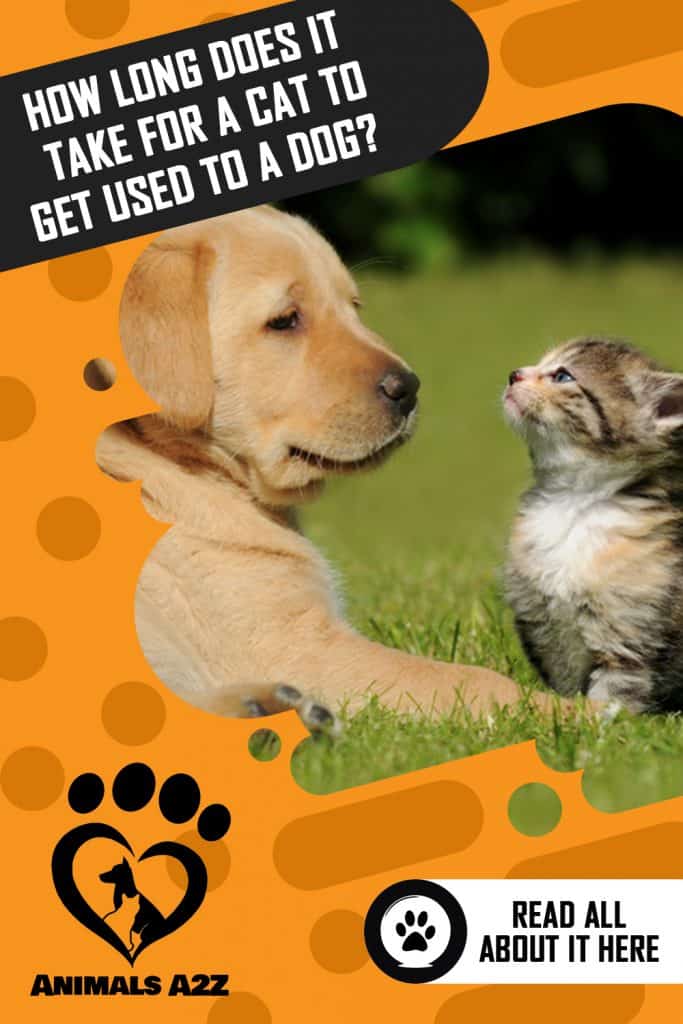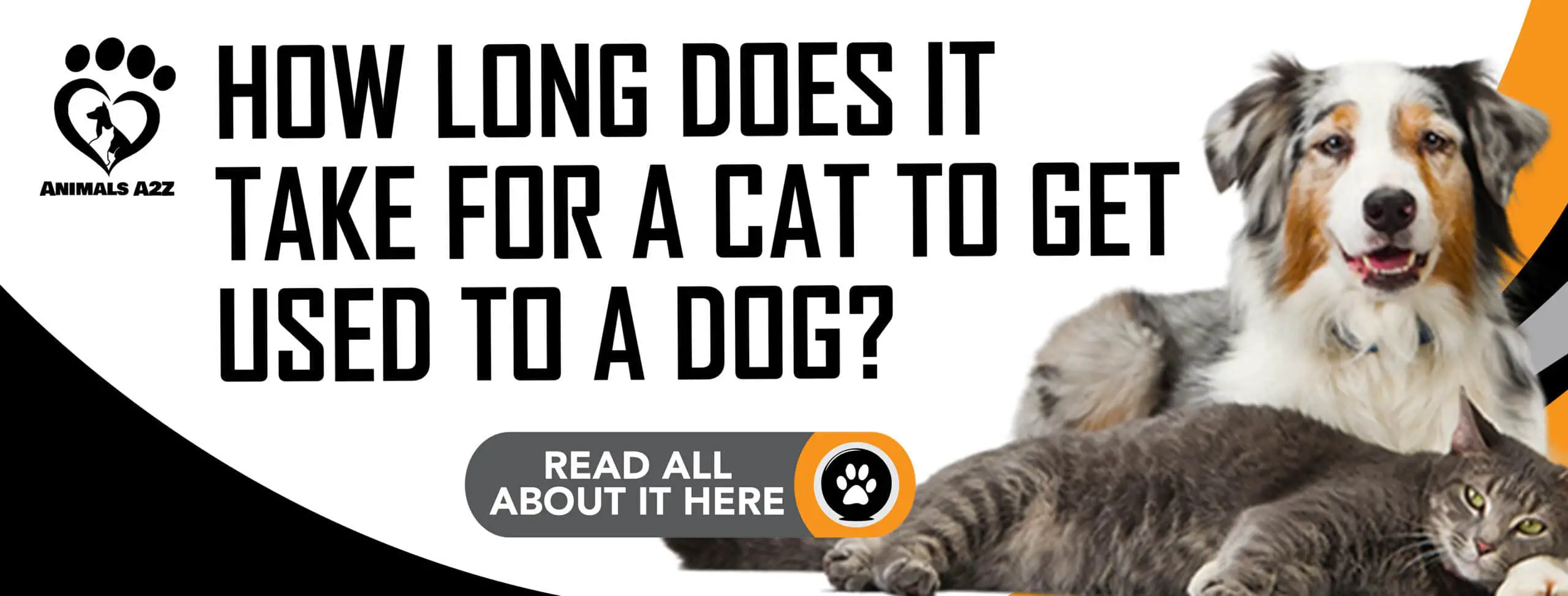Table of Contents
Cat and Dog Relationship
Cats and dogs, before they were domesticated, were actually hunters. Even before, food was their source of conflict. Between the two, dogs were domesticated first because they were used as hunting companions.
Dogs became hunting companions because of their excellent skills in tracking and catching prey. Cats on the other hand soon became domesticated after humans saw their skills at killing rodents and insects, their swift reflexes set them apart from dogs. Put these hunters in one roof and chaos may ensue. However, it is not entirely impossible for cats and dogs to get along.
The Getting To Know You Stage
Cats usually take two or three weeks to get used to the dog. Getting used to the dog does not necessarily mean that they are getting along right away, it means that your cat can tolerate the presence of your dog. According to a study conducted by Jessica Thompson, Daniel Mills and Sophie Hall, cats are most likely to be the determinant whether this relationship is meant to be or destined to fail.
Cats are very territorial and need a little more time adjusting to a new home, family or sibling. According to the study, cats and dogs’ success in molding friendship is defined by the following: the cat’s age at which s/he was introduced to the dog, cat sharing food with the dog and picking up a toy to show the dog. The study showed that cats can tolerate your dog if your cat is younger, older cats take time to accept the dogs’ presence.
Road to A Peaceful Home
1. Separate your dog and cat through a barrier
- It is very important to separate them first, cats tend to be aggressive when his/her personal space is trespassed. However, it is also important for them to observe each other. Cats are great observers, you think s/he may be snobbish but in reality s/he are just observing.
2. Introduce their scents to each other
- Canines and Felines rely their judgment based on their instincts and impeccable sensitivity to scents. The second step to the getting to know you stage is to make them adjust to the smell. You can place a rag on each side of the barrier and exchange the rags the next day. Another way for them to get introduced is through food! You can place their food bowls near the barrier, at least 1.5 meters away from the barrier. Next, move the bowls closer to the barrier by 2 inches every day until their bowls are near enough that they can sense and smell each other even though they are still separated by a barrier.
3. Wait for them to approach each other through the barrier
- After some time, either your cat or dog will closely monitor what the other is doing. Your cat will be more cautious but is curious enough to check your dog out, s/he will still observe the dog through the barrier but s/he’ll move closer to it. For the first 2 weeks, your cat will observe and continue to sniff your dog’s smell.
4. Train your dog the basic dog tricks, especially “sit” and “stay
- It is also very important to train your dog. They tend to be more active compared to our lovely feline friends. By training your dog to sit or stay, you can stop roughhousing from happening especially that they have different ways to play. Dogs like to bite and tug, while cats like to hit and bite. Your dog may unknowingly hurt your cat while playing.
5. Give your cat a space where s/he can be alone
- Cats are very space loving animals, they tend to curl up in one corner where they feel safe. This space should have their own litter box and an area that they can scratch. You can also place a box where they can play on their own and rest. It is important to note that this area should be a no-no area to your canine. Sometimes your cat would feel stressed out because s/he can’t match your dog’s energy. Like humans, cats like to have a little alone time with their thoughts and sometimes plan how to destroy and dominate the world.
Common Questions
As was written in the study conducted by Thompson, Mills and Hall, cats are threatened by dogs. The study showed that cats tend to be more cautious because they haven’t been domesticated that long unlike dogs.
It can also be attributed to how the owner perceives cats and dogs due to the difference in size, cats can be perceived as more vulnerable thus owners usually tend to the needs of their feline friends. It is possible that both of them are still getting used to the fact that they have to live under one roof, but owners are more perceptive of the discomfort the felines feel because they are smaller.
A great activity for both cats and dogs is fetch. Cats and dogs love fetch. However, remember to still separate their toys as you don’t want them to fight over it.
Cats still love to have their own space. Cats and dogs have different energy levels. Sometimes your cat wants to be alone but it does not mean that your cat doesn’t want your dog around. Cats innately enjoy enclosed spaces.
Conclusion
Cats and dogs can be friends, it takes two or three weeks for them to bond. Cats usually take longer than three weeks but s/he would be able to tolerate your dog around as long as s/he has her own space. Always remember, even with cats, his/her own personal space is very important!


